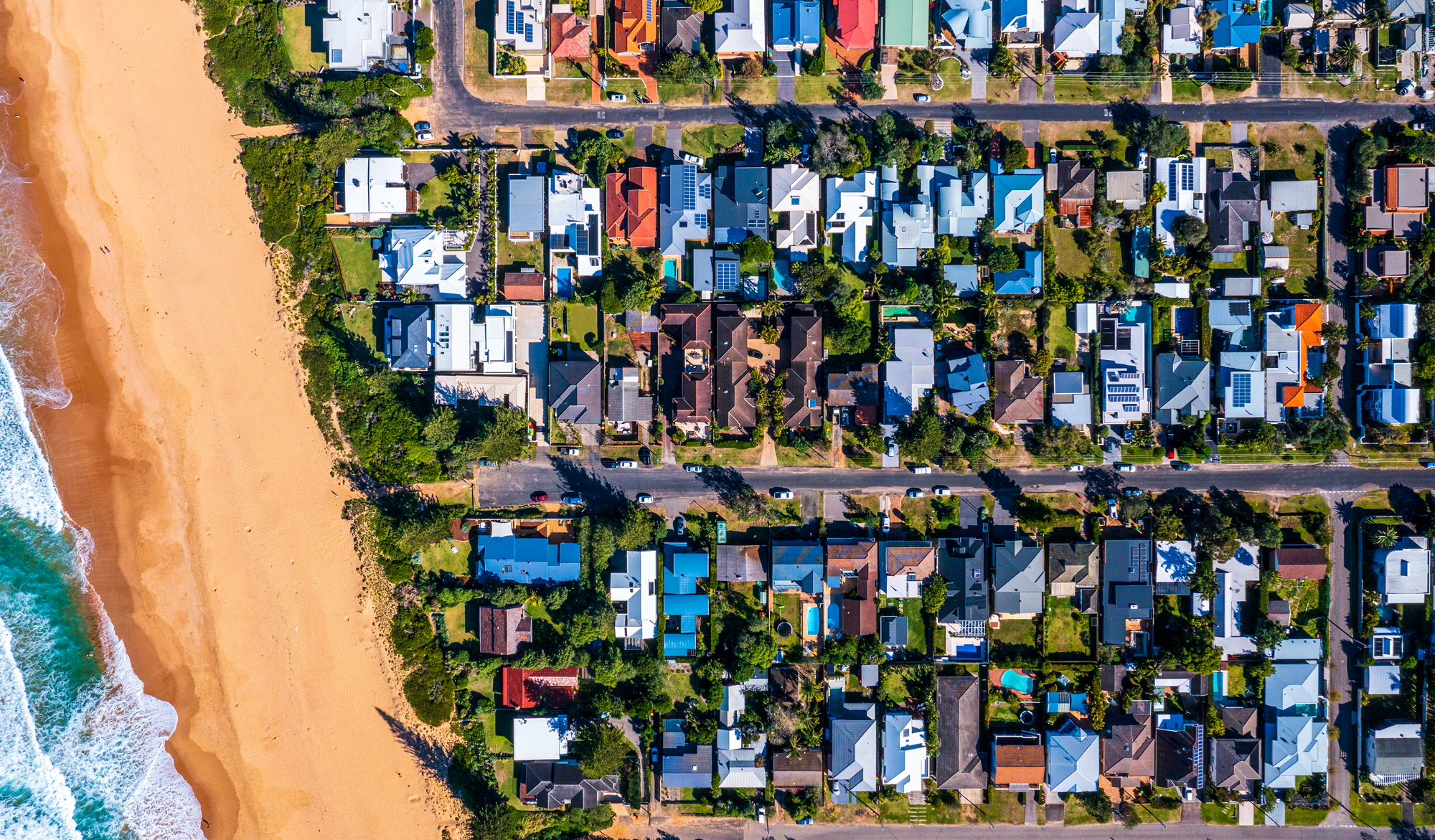Australians get electric vehicle ready, what does it mean for the future home?
It was only two years ago that the Prime Minister said electric vehicles (EVs) would “end the weekend”, warning voters that EVs won’t “tow your boat” or “get you out to your favourite camping spot with your family”.
But it seems there’s been a change of heart. The Coalition government has released a new strategy and it’s got nothing but love for EVs. How will this shift impact the property market?
What’s this new strategy all about?
The new strategy is all about getting Australia ready for more EVs on the road. The government has offered up $178 million to install charging stations around the country. Australia’s charging infrastructure, which needs supercharged powerpoints to replace fuel pumps at petrol stations, has been slow to develop. That’s left consumers grappling with “range anxiety” – the fear your car will run out of power between charging stations.
The government hopes EVs will help reduce emissions in the transport sector, which make up 19% of Australia’s greenhouse gases. But at the same time, the PM wants to assure voters that no one will be forced to give up their “trusted ute” or “family sedan.”
Are more Australians driving EVs?
There’s no doubt that more people around the world are switching to EVs. In the UK, McDonald’s has committed to installing charging stations at all new drive-thru restaurants (talk about a Happy Meal), and just recently Tesla cracked the $US1 trillion mark.
While Australia has been slow on the uptake compared to the rest of the world, already sales are starting to climb. The Electric Vehicle Council (EVC) reported 8,688 electric vehicles were sold in the first half of 2021. That’s a massive increase compared to the 6,900 EVs sold in the whole of 2020. Come 2030 the government’s predicting there’ll be 1.7 million EVs travelling on Australian roads.
Who’s EV-ready at home?
The UK is set to bring about new laws this year that will force all new homes to include EV chargers. There are no plans for compulsory chargers in Australia, but like they have done with solar panels, households may choose to install chargers all on their own.
The Morrison government’s EV strategy predicts that over 50,000 households will install their own chargers. But with sales targets and tax incentives nowhere to be seen, the government has been accused of being all talk, no action. Industry experts are ‘putting pressure’ on the government for new rules that’d see all newly-built properties fitted with electrical equipment to support future charging stations.
Key takeaways:
Charging stations in the home or even on nearby streets is going to become a selling point for future home buyers.
- Increased demand for EVs speaks to the growing value of green credentials. People are looking to lead more sustainable lives, in and out of the home.
- Many commercial developments are already getting EV charging units fitted in car parks to meet this increase in demand.
– One of Australia’s leading retail property groups Vicinity Centres has announced it will add EV charging stations at up to 30 of its shopping centres across its national portfolio. - For agents that invest in an EV for their transportation to open homes and listing presentations, this may provide tax benefits or reduced monthly repayments on vehicle loans due to government subsidies.
-There are a few banks and lending institutions offering EV loans to help bring down the hefty upfront costs of driving green, meaning your next company car could save you money.
Looking for a better payment option for your clients? Head to our partner page to become a ListReady partner.


 Team MONEYME
Team MONEYME ">
">
 ">
">
 ">
">